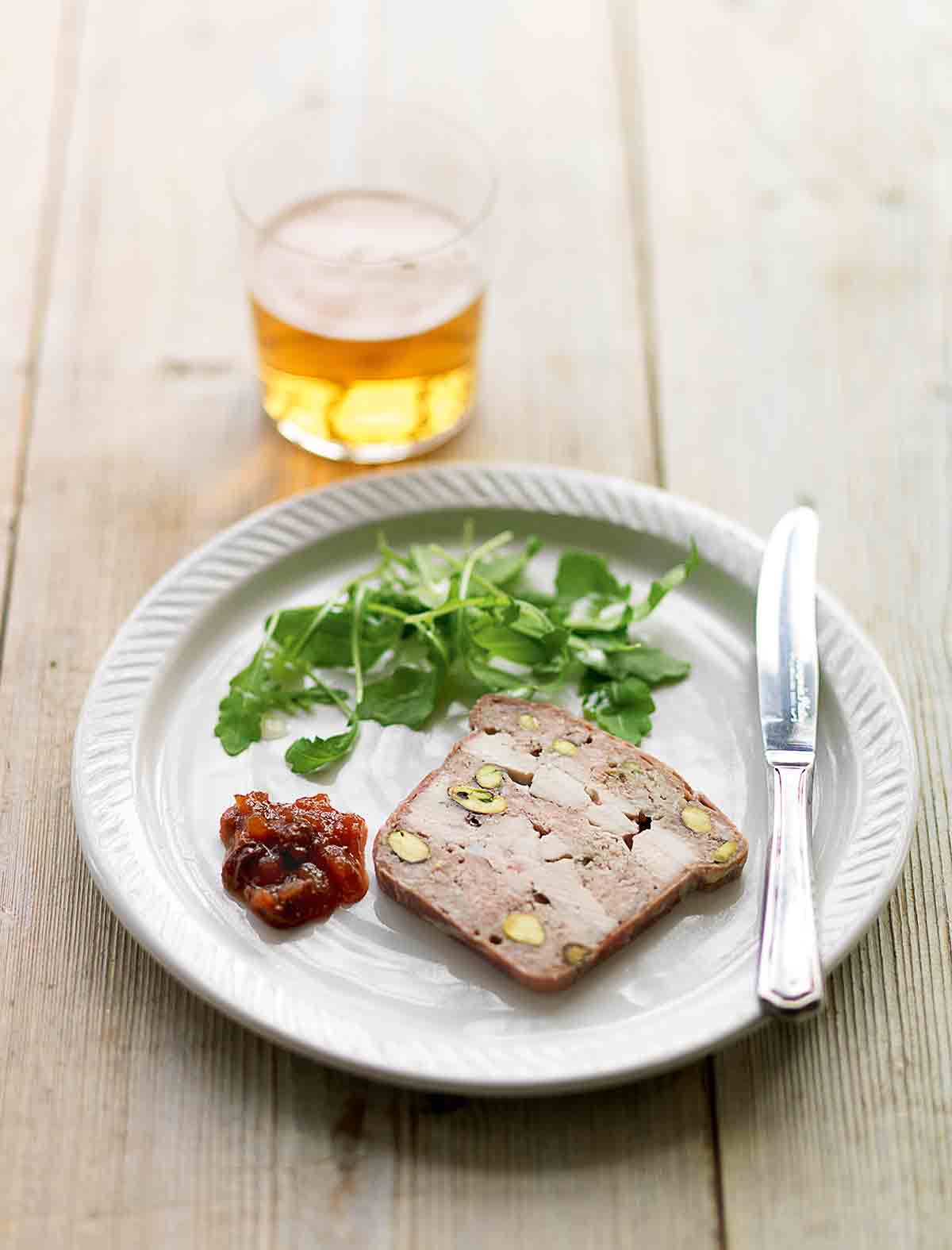
The most difficult thing about making this chicken, pork, and pistachio terrine? It’s a toss-up between remembering to kindly ask your butcher to mince the pork belly for you and taking the time to shell a couple handfuls of pistachios. Swear it’s seriously that simple to pull off something so seemingly fancy and French and froufrou.–Renee Schettler Rossi
How do I make terrine?
Making your own chicken, pork, and pistachio terrine is actually astoundingly simple. But questions do arise. Here, a short FAQ from author Rosemary Shrager:
How does the terrine hold together? You need to choose your “glue,” a finely minced or ground meat, such as the pork in the recipe below. Once you’ve chosen your glue, anything goes in terms of the main ingredients.
What if I don’t care for ham? If you don’t want anything surrounding your terrine, instead line the dish with 3 layers of plastic wrap instead, letting the wrap hang over the edges of the dish.
Can I cut the recipe in half? I don’t recommend making less than a loaf pan of terrine at a time. The terrine keeps for several days in the fridge and also freezes well, so if you don’t want to use all the terrine at once, you can cut it in half, wrap each portion in plastic wrap, and stash one in the freezer.
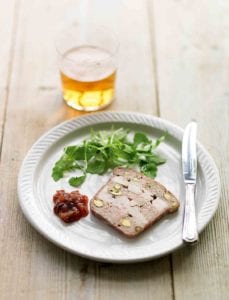
Chicken, Pork and Pistachio Terrine
Equipment
- 9-by-5-by-3-inch (23-by-13-by-8-cm) loaf pan
Ingredients
- 3 large skinless, boneless chicken breasts, cut into long strips about 1/4 inch (6 mm) thick
- Sea salt and freshly ground black pepper
- 15 very thin slices Parma ham
- 1 3/4 pounds pork belly, finely minced
- 3 garlic cloves, crushed to a paste
- 1 large egg
- 1 teaspoon Chinese five-spice powder
- 2 1/2 tablespoons brandy
- 2 handfuls pistachios
Instructions
- Preheat the oven to 375°F (190°C).
- Place the chicken strips in a bowl. Season with salt and pepper.
- Line a 9-by-5-by-3-inch loaf pan with several slices ham, making sure there are no gaps in between the slices and allowing the ends to hang over the edge of the pan. Reserve 2 slices ham for draping over the top later.
- In a large bowl, combine the minced pork, garlic, egg, five-spice powder, brandy, and pistachios, and season well with salt and pepper. The mixture should be moist and will help your terrine hold together. (To check the seasoning, make a patty with a tiny amount of the ground meat mixture and fry it in a skillet and then taste it. Adjust the seasoning of the rest of your mixture if necessary.)
- Spread 1/3 of the pork mixture evenly over the bottom of the lined loaf pan. Arrange half of the chicken on top of the pork mixture. Repeat the layering process, finishing with a final layer of the pork mixture. Fold the ends of the ham over the top and then drape with the 2 reserved slices ham to completely cover the pork mixture.
- Cover the loaf pan with foil. Place the loaf pan in a larger roasting pan. Pour enough cold water into the roasting pan to reach 3/4 of the way up the side of the loaf pan. Bake for 20 minutes.
- Reduce the oven temperature to 275°F (135°C) and bake for 1 1/2 hours. Use a meat thermometer to check for doneness–it should register 150° to 160°F (65° to 71°C). (Alternatively, another way to check for doneness is to press the top gently with your fingertip; the juices should run clear and the terrine should be fairly firm but still have a little give.)
- Remove the loaf pan from the oven and use the tip of a skewer to make several small, shallow holes in the surface of the terrine, poking through the foil. Place a weight, such as several cans or another loaf pan, on the foil and let stand at room temperature until the terrine is cool. Place the entire loaf pan, weights still in place, in the refrigerator overnight.
- To unmold the terrine, pull some plastic wrap from the roll and place it on a cutting board but do not cut it at this point. Turn the terrine onto the plastic wrap. Remove and discard any excess jelly. Tightly wrap the terrine in layer after layer of plastic wrap, using the roll of wrap behind the board as leverage, stopping only when it's wrapped in 7 or 8 layers. Refrigerate the terrine for up to 5 days. (The terrine also freezes well.)
☞ TESTER TIP: If the terrine doesn't seem to want to release from the pan, let the pan sit in some warm water for about 10 seconds or so before trying to release it again.
- To serve, slice the terrine through the plastic wrap with a very sharp, thin knife, using a sawing motion. (Leaving the plastic wrap on during slicing helps each slice remain intact.) Peel off the plastic wrap and serve.

Nutrition
Nutrition information is automatically calculated, so should only be used as an approximation.
Recipe Testers’ Reviews
A simply perfect recipe. The final terrine was dense enough to cut yet so tender and flavorful. The inclusion of Chinese five-spice and pork belly is quite modern, and there is something magical when classic French technique meets contemporary, trendy ingredients. Perhaps it’s my fascination with entertaining and cookbooks from the ‘60s and ‘70s, but I find a terrine to be so elegant yet casual enough for an afternoon picnic. I’m freezing half the loaf for a fête.
I just love, love, love that at the end of making this dish you’ve run through a technique that lends itself to such wide variation and interpretation. The author shares not just a single dish but rather a recipe for success when attempting all sorts of terrines.
I love a good terrine or pâté. This chicken and pork terrine is very easy to assemble, especially if your butcher can grind the pork belly for you. Then the toughest thing is shelling enough pistachios. The flavors go together very well, although the addition of five-spice powder may need a lighter hand. That being said, everyone I’ve served this to has loved it. The slices are irresistible when set out with two or three choices of crackers or bread, whatever vehicle gets it to your lips. The pistachios pull the dish together and help to define the other ingredients, although their presence seems to be more textural. (Perhaps if they were salt roasted—mine were roasted without salt—they would’ve lent more than texture.)
I’m thinking that pickled walnuts may be a good alternate for the pistachios. I had a little trouble releasing the loaf. My solution was to let the pan sit in warm water for about 10 seconds or so before trying to release it. Place the loaf on a rack on a tray so the excess fat can drip off.
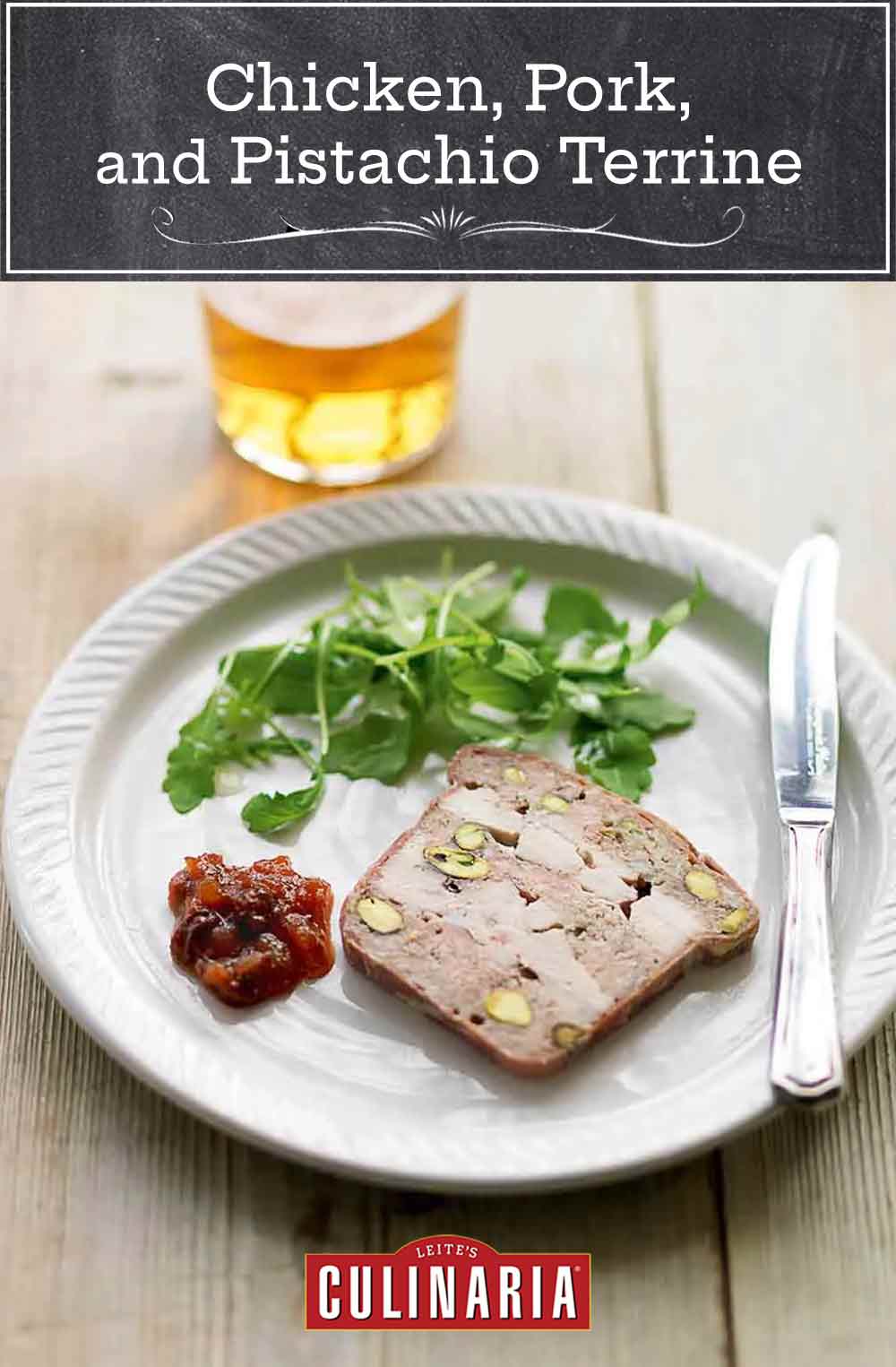



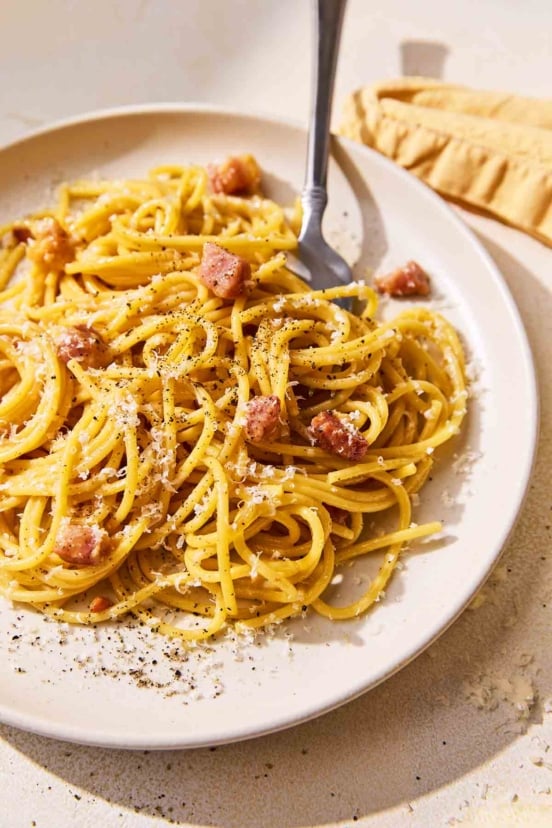

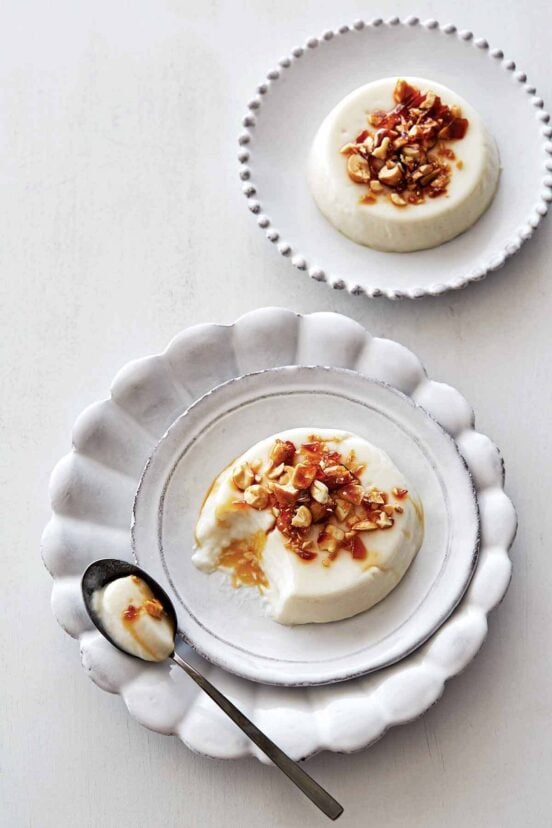









The pork belly at my local butcher is pretty close to 50% fat. Is that the intended proportion?
Thanks!
Rich, that would be sensational.
Two Things:
Thanks, LC, for introducing this British cook to an American audience (for background and more on the book, check Amazon).
And, in the interest of culinary precision, could the author/LC please give the approximate weight of “3 large, skinless, boneless chicken breasts”? In my experience, that description can encompass a wide range of weights–and does the author mean half or whole breasts? In a braise or like dish, guess work would be fine. But in this terrine, when all the pieces have to fit into the loaf pan, size/weight does make a difference.
Thanks!
Hi Suzanne, it just so happened that I had a package of chicken breasts sitting in the refrigerator so I was able to get a quick measurement. Each breast weighed between 6 to 7 ounces. I will query our testers as well to see if they had any appreciable difference from this amount.
Thanks, Beth–Sounds right! Will now fearlessly proceed.
Fingers crossed, Suzanne! Let us know…